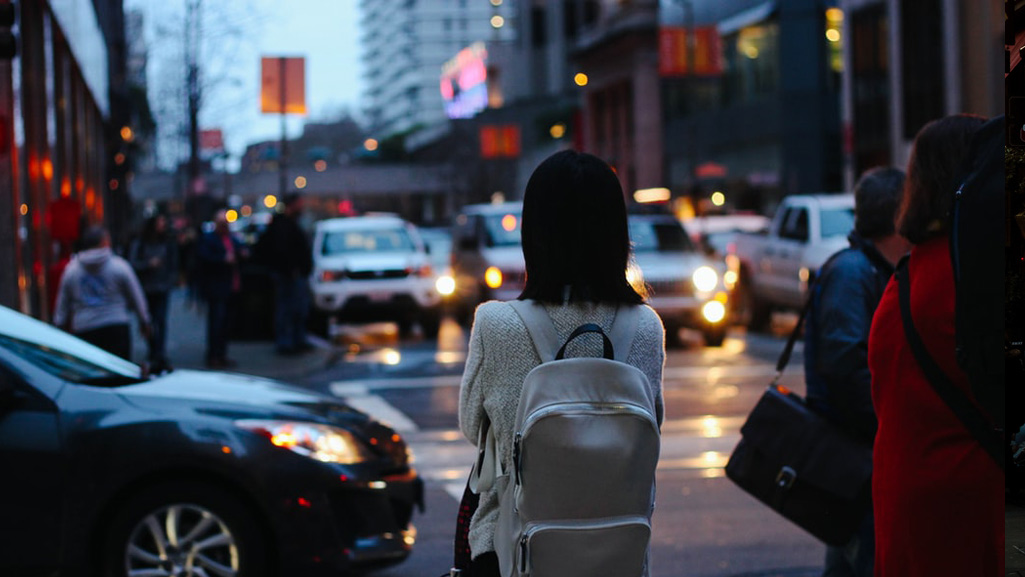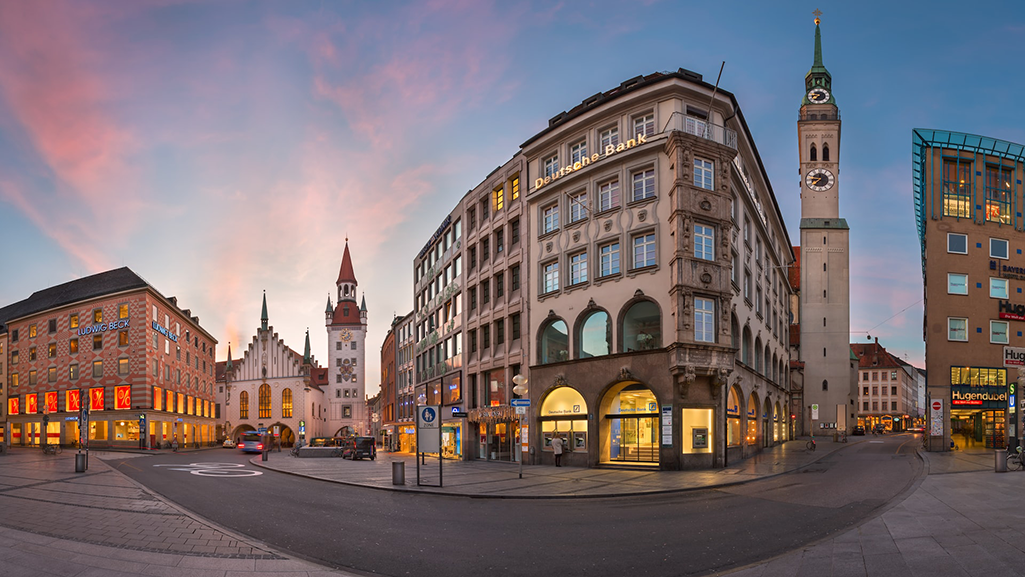Table of contents
Cities are the focal point of modern living, and with increased population and increased vehicular traffic, the safety and health of residents is more important than ever. Every year, traffic-related fatalities and severe injuries claim hundreds of thousands of lives, tearing apart families and communities. The Vision Zero movement – a global agenda aimed at ending traffic fatalities and serious injuries – is transforming how cities rethink transportation planning, safety, and sustainability. For cities around the world, Vision Zero is no longer a goal but a necessity for the health, safety, and well-being of all citizens.
To promote safer and more sustainable mobility, accident analysis, safety assessments, and safety program development are seamlessly integrated into infrastructure management. Experts support municipalities with road safety policies, safety audits, evaluations of safety measures, and analyses of driver behavior. Leveraging state-of-the-art traffic planning software, real-time operations management, and actionable data, city planners, traffic engineers, and mobility managers gain the insights and tools needed to design safer roadways, reduce congestion, and enhance the overall quality of urban life.
The Core of Vision Zero: Safety First
At its core, Vision Zero is based on a straightforward but impactful concept: no one should be heavily injured or die on our roadways . To get there, a comprehensive approach is necessary, which brings together infrastructure design, traffic management, policies, and behavioral strategies. There’s one crucial fact to remember: humans make mistakes. That’s why infrastructure must be designed to provide a safe and forgiving framework.
Understanding Risk Through Data
In contemporary urban settings, traffic conditions quickly become complicated and variable. Simulation and planning solutions, such as PTV Visum or PTV Vissim, enable cities to model traffic conditions, analyze at-risk intersections, and engage modifications to infrastructure prior to expensive construction. Analyzing danger zones enables planners to take proactive measures and make informed decisions that reduce the likelihood of accidents.
Adaptive Traffic Management
Beyond data analysis, intelligent traffic solutions provide another layer of safety. Adaptive signal control systems adjust traffic lights in real-time based on traffic conditions, the presence of emergency vehicles, or pedestrian activity. Adaptive signal control systems can actively manage vehicle speeds and congestion and thus reduce crashes and enhance travel efficiency. With the incorporation of AI-based analytics, a city’s ability to predict and prevent high-risk situations is even more pronounced. With actionable data, cities can convert data into life-saving action
Real-World Impact
Cities implementing these evolving technologies are delivering measurable outcomes. For example, intersections utilizing adaptive signal technology have had significant reductions in both accidents and traffic delays. These outcomes exemplify the intersection of technology and strategy in action to create safe streets.
Beyond Safety: Vision Zero as a Quality-of-Life Strategy with economic benefits
Vision Zero’s primary purpose is to eliminate traffic deaths, but its value extends beyond safety. Safer streets promote sustainable modes of transport—walking, cycling, or public transport—while reducing car dependency, emissions, and improving public health.
With safer streets, citizens are more likely to walk and bike, children travel to school with safety, and neighborhoods are more connected. Reduced congestion facilitates lower pollution and increases productivity by decreasing travel time. Vision Zero is used well, offering transformational places for people—streets feel safe, mobility is predictable, and quality of life improves.
Vision Zero – A Plan for Cities in the Future
Vision Zero is more than just a traffic safety program—it is a plan for healthier, more resilient, and inclusive cities. With the knowledge and innovative solutions from PTV Group and Econolite, united under the joint brand of Umovity, planning professionals can make strides toward the elimination of fatalities from vehicle collisions while improving sustainability and livability for citizens.
From safer streets to healthier air, and more connected communities, Vision Zero puts people first—making residents the focus of mobility planning. We can create cities with safety, efficiency, and livability coexisting in balance.
Join us for CitiesFirst Webinar, and learn how Vision Zero with innovative technologies and proven programs is planning for the cities of tomorrow.

How to Improve
Road Safety
Strategies for Cities and Urban Areas

Envisioning the Future: CitiesFirst Webinar
Urban planners, transportation professionals, and city leaders are invited to attend our CitiesFirst Webinar to learn what Vision Zero might look like in practice.




